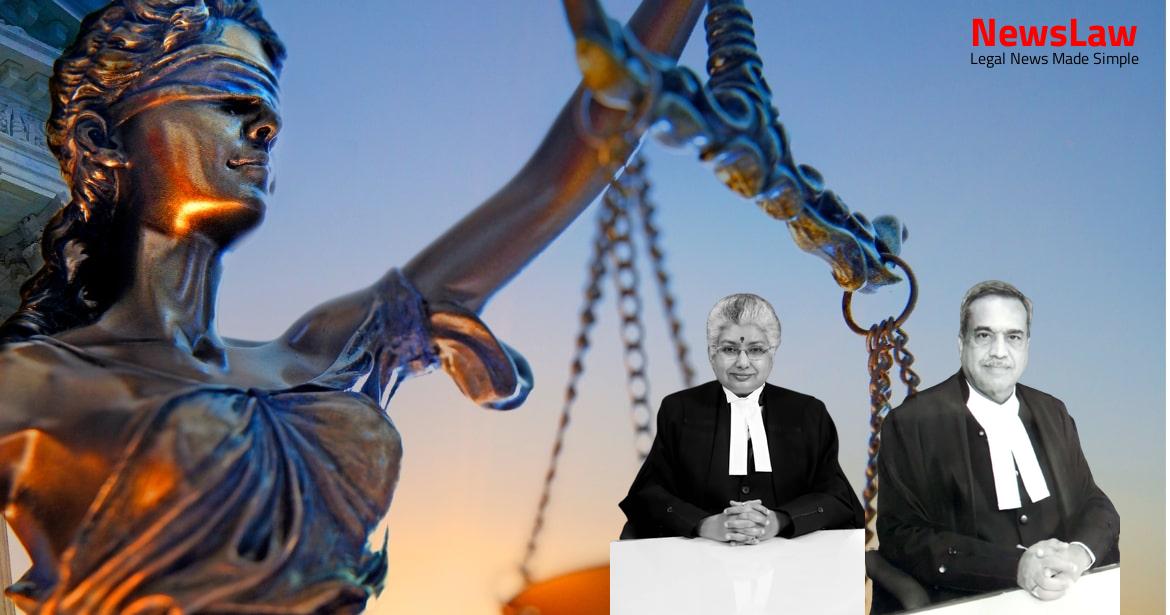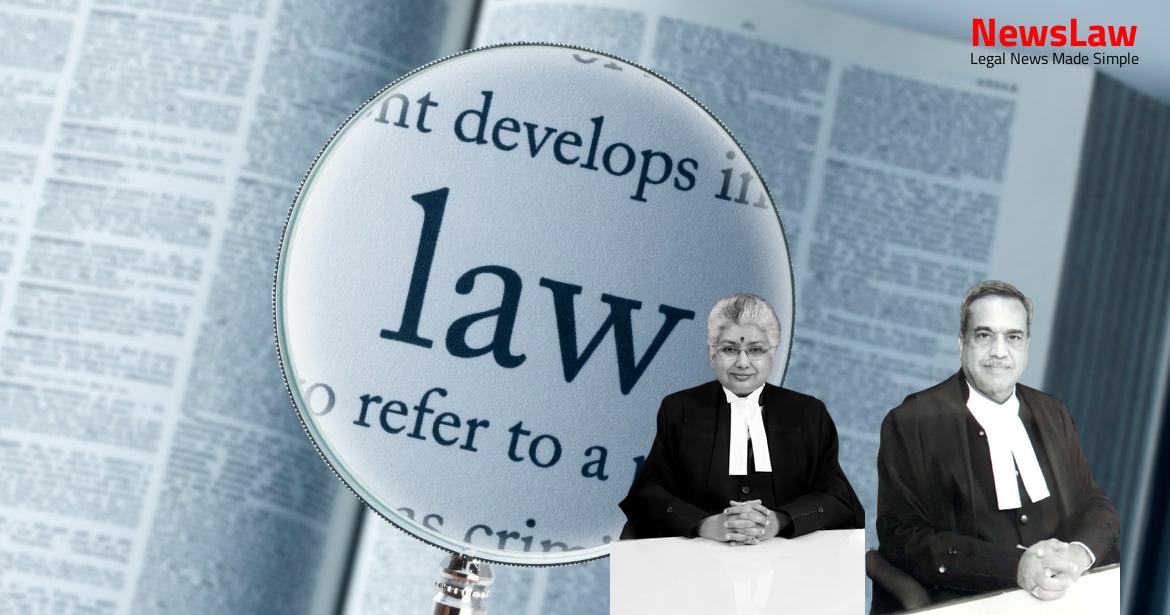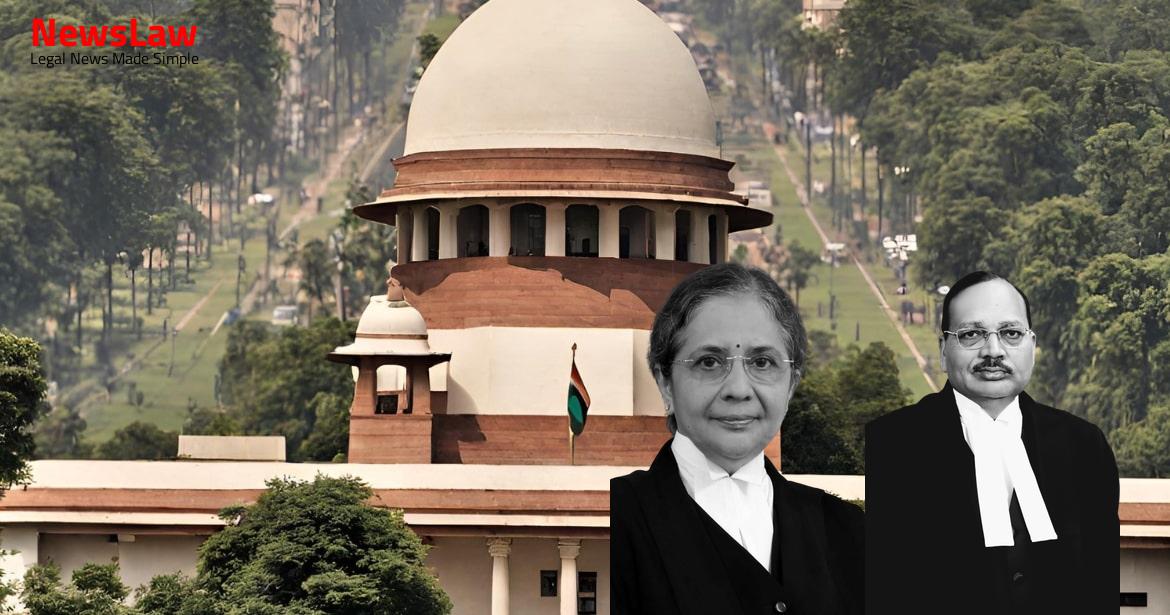In a recent legal case, the court delved into the nuanced interpretation of contractual dispute resolution mechanisms outlined in the Arbitration Act. The focus was on understanding the significance of adhering to the agreed-upon process before invoking arbitration, highlighting the importance of following procedural provisions to streamline dispute resolution. This blog explores the court’s in-depth legal analysis of how parties should navigate contractually defined mechanisms for resolving disputes, shedding light on key aspects of contract law and arbitration practices.
Facts
- NHAI terminated the contract with the Contractor and reserved the right to claim damages.
- Contractor sought amicable settlement and later invoked arbitration.
- NHAI nominated arbitrator and filed counter claim before Arbitral Tribunal.
- Arbitral Tribunal rejected NHAI’s application to place counter claim on record.
- NHAI appealed under Section 34 of the Arbitration Act, 1996 before the High Court of Delhi.
- High Court confirmed Arbitral Tribunal’s decision to reject NHAI’s counter claim application.
Also Read: Challenging Legal Presumptions in Negotiable Instrument Cases
Issue
- The main issue in question is whether the High Court and the Arbitral Tribunal erred in rejecting NHAI’s application under Section 23(2A) of the Arbitration Act, 1996 to not allow the NHAI to include the counter claim.
- The crux of the matter is centered around the rejection of NHAI’s plea to add the counter claim under the specified section of the Arbitration Act.
- This part of the judgement focuses on the decision of the High Court and the Arbitral Tribunal to deny NHAI’s request to introduce the counter claim into the arbitration proceedings.
Also Read: Legal Analysis of Admission Irregularities in Educational Institutions
Arguments
- It is argued that allowing the parties to bypass the mechanism laid down in the EPC Contract would amount to a rewriting of the contract.
- A pre-arbitral requirement is considered essential as per previous court decisions.
- There is no valid basis for NHAI to raise a counter claim at a later stage, as it goes against the contractual bargain.
- The procedural provisions should not be hyper-technically interpreted to waste time and resources.
- The purpose of Section 23(2A) is to provide convenience for parties to file their claims/counter claims before the Arbitral Tribunal.
- The High Court should not have excluded the NHAI’s counter claim from being filed before the Arbitral Tribunal.
- The amendment to Section 23 aims to prevent a multiplicity of litigation by allowing counter claims to be adjudicated by the arbitrator within the scope of the arbitration agreement.
- The EPC Contract clearly outlines the process before arbitration can be invoked.
- The dispute is focused on the termination notice issued by NHAI, and both parties are bound to follow the contractual process outlined in Clause 26.
- The act of introducing a counter claim bypasses the agreed contractual mechanism and should not be allowed.
- The NHAI’s counter claim does not fall within the definition of ‘Dispute’ as per the contract.
- The NHAI should have notified the Contractor as per the contract before introducing the counter claim.
- The counter claim by NHAI was based on a common cause of action and should not have been raised separately.
- The language and mandatory nature of Clause 26 restrict claims to those duly notified and referred for conciliation before arbitration.
- Section 23(2A) allows for counter claims only within the scope of the arbitration agreement.
- The foundation of the Contractor’s case before the Arbitral Tribunal is the validity of NHAI’s termination notice, limiting the scope of the dispute.
- The invocation of Clause 26 can be done by either party, and the steps before arbitration are crucial to resolving disputes amicably.
- Arbitral Tribunal and High Court did not err in not permitting NHAI to file counter claim directly before the Tribunal
- Counter claim filed without following procedure required under Clause 26
- Counter claim not categorized as a ‘Dispute’ as per Clause 26.1, falling outside scope of arbitration agreement
- Counter claim bypassed mandatory pre-conditions agreed between parties
- Counter claim brought directly before Tribunal beyond jurisdiction as specified under Section 23(2A)
- Parties entitled to choose which disputes get referred to arbitration, consistent with party autonomy
- Parties in present case chose disputes through mechanism set out under Clause 26.1.1 and 26.3.1
Also Read: Legal Analysis: Driver Appointment Dispute
Analysis
- The Arbitral Tribunal rejected the NHAI’s application for extension of time to file the counter claim because it did not state anything about attempting amicable settlement.
- The NHAI reserved its right to claim damages and file a counter claim separately but sought an extension of time after the fact.
- The AT observed that the respondent made a set-off but reserved the right to file a counter claim without mentioning any applicable law, hence rejecting the extension request.
- The AT’s narrow interpretation deprived NHAI of its right to submit a counter claim, going against the provisions in Section 23 of the Arbitration Act, 1996.
- The High Court overlooked these aspects while considering NHAI’s request to file the counter claim.
- Any Dispute not resolved amicably shall be settled by arbitration as per Clause 26.3
- Options for resolving disputes include mediation, conciliation, and arbitration
- Arbitration proceedings shall be held in Delhi, India, and in English language
- Failure to appoint an arbitrator may lead to the Chairman of the Executive Committee of the Indian Roads Congress appointing one
- Clause 26.1 and 26.2 require parties to try to settle and resolve disputes before resorting to arbitration.
- If settlement efforts fail within the specified period, disputes can be resolved through arbitration as per Clause 26.3.
- Notification under Clause 26.1 includes counterclaims, all of which become subject to arbitration if not resolved initially.
- NHAI did not delay in requesting an extension to file counterclaims or applying under Section 23(2A) to do so.
- Not allowing NHAI to file counterclaims would defeat the purpose of Section 23(2A) of the Arbitration Act, 1996.
- The High Court erred by narrowly interpreting Clause 26 and rejecting NHAI’s application under Section 34/37 of the Arbitration Act, 1996.
- Allowing NHAI to file counterclaims could prevent multiple legal proceedings and streamline the dispute resolution process.
Decision
- The Dispute will be settled by arbitration in accordance with the Arbitration & Conciliation Act, 1996.
- Arbitral tribunal to consist of 3 Arbitrators, one appointed by NHAI and one by the Contractor.
- No order as to costs in this case.
- Period between 18.07.2017 till 11.07.2022 excluded for computing the period for passing of the award.
- Order by the Arbitral Tribunal dated 15.09.2017 and the High Court’s judgment quashed and set aside.
- NHAI permitted to file a counterclaim to be considered along with the Contractor’s Statement of Claim and NHAI’s Statement of Defence.
- Appeal allowed, present appeal to be dismissed.
- Third Arbitrator to be chosen by the two Arbitrators appointed by the Parties.
Case Title: NATIONAL HIGHWAY AUTHORITY OF INDIA Vs. TRANSSTROY (INDIA) LIMITED (2022 INSC 680)
Case Number: C.A. No.-006732-006732 / 2021



